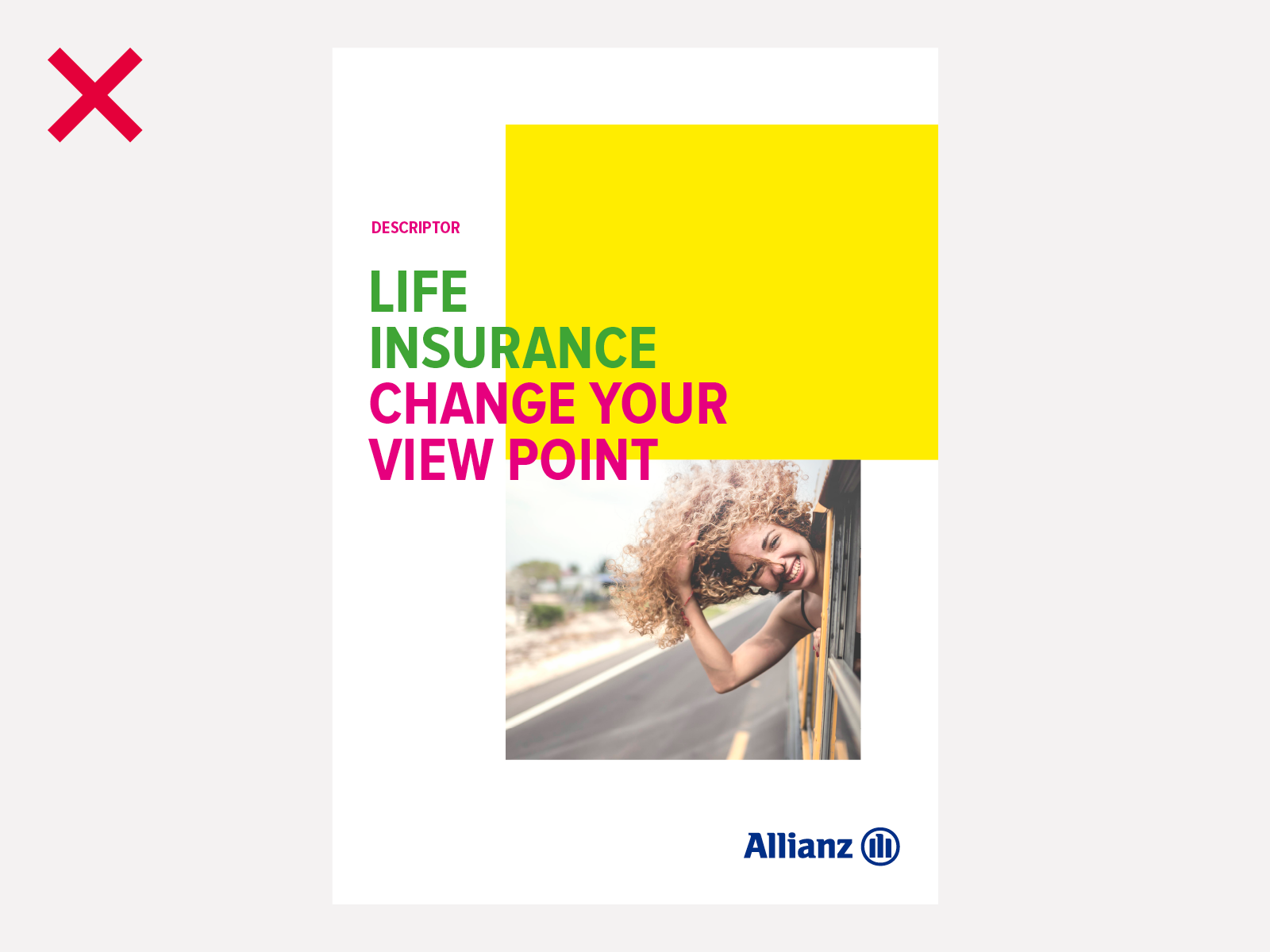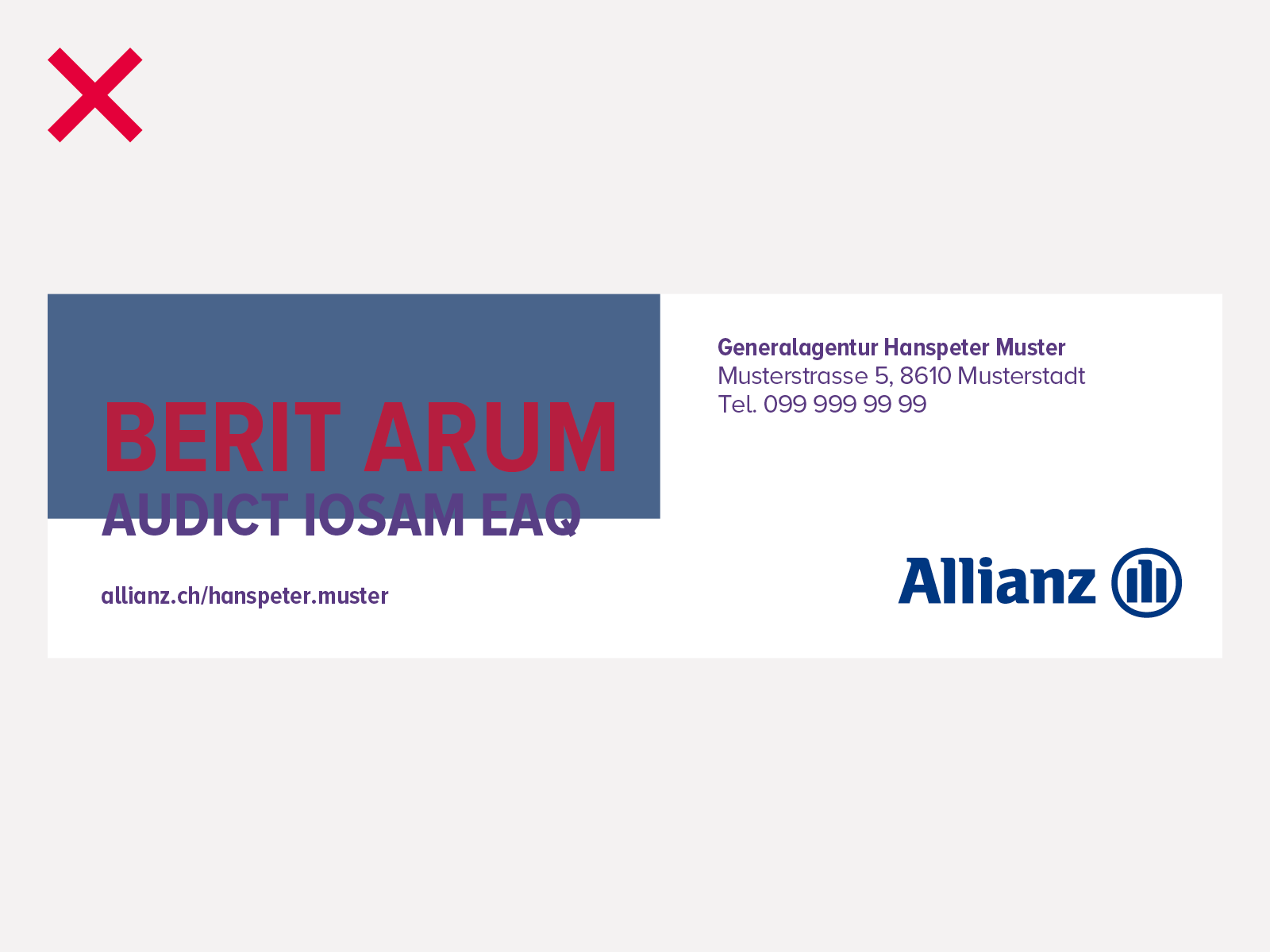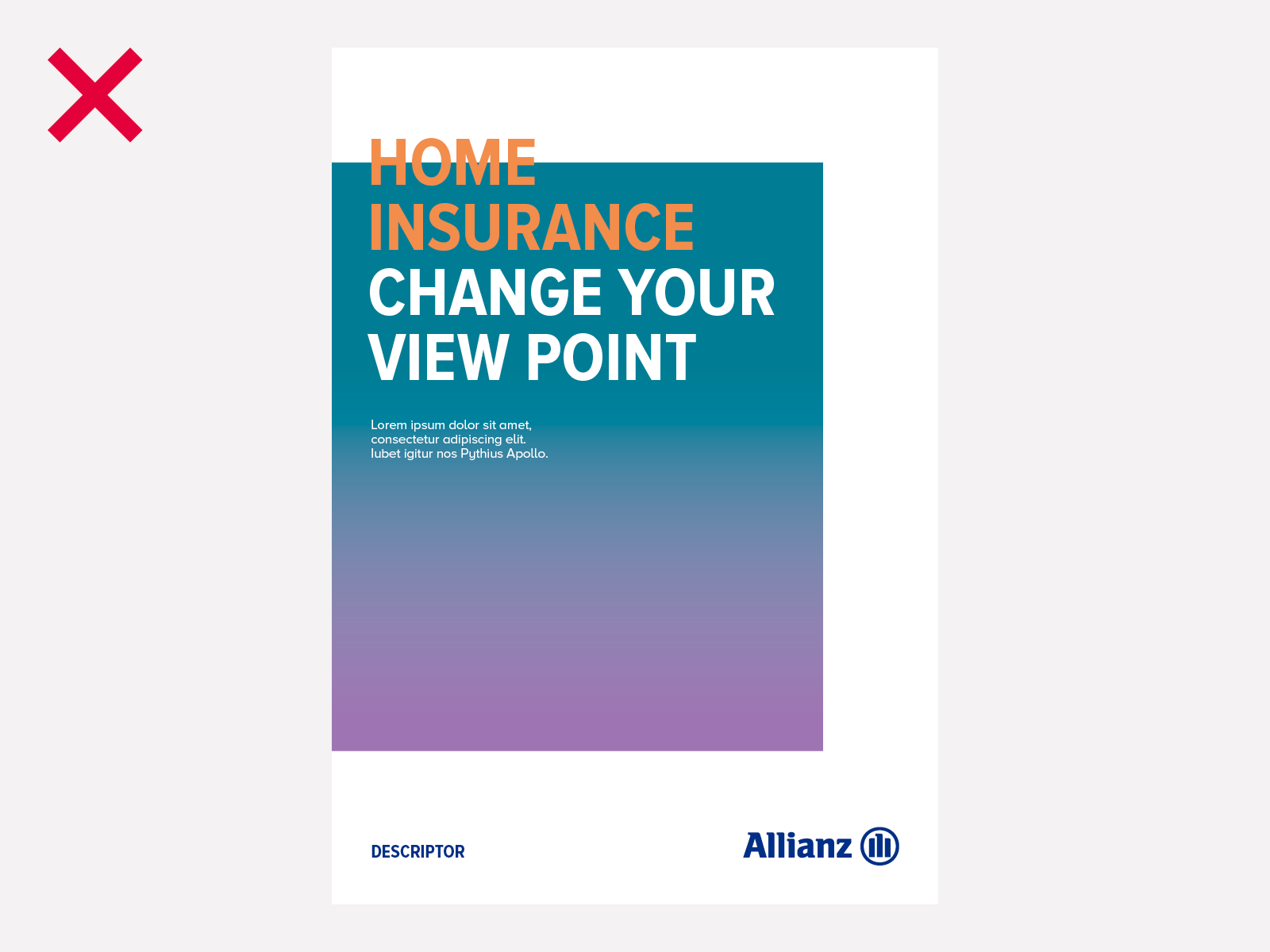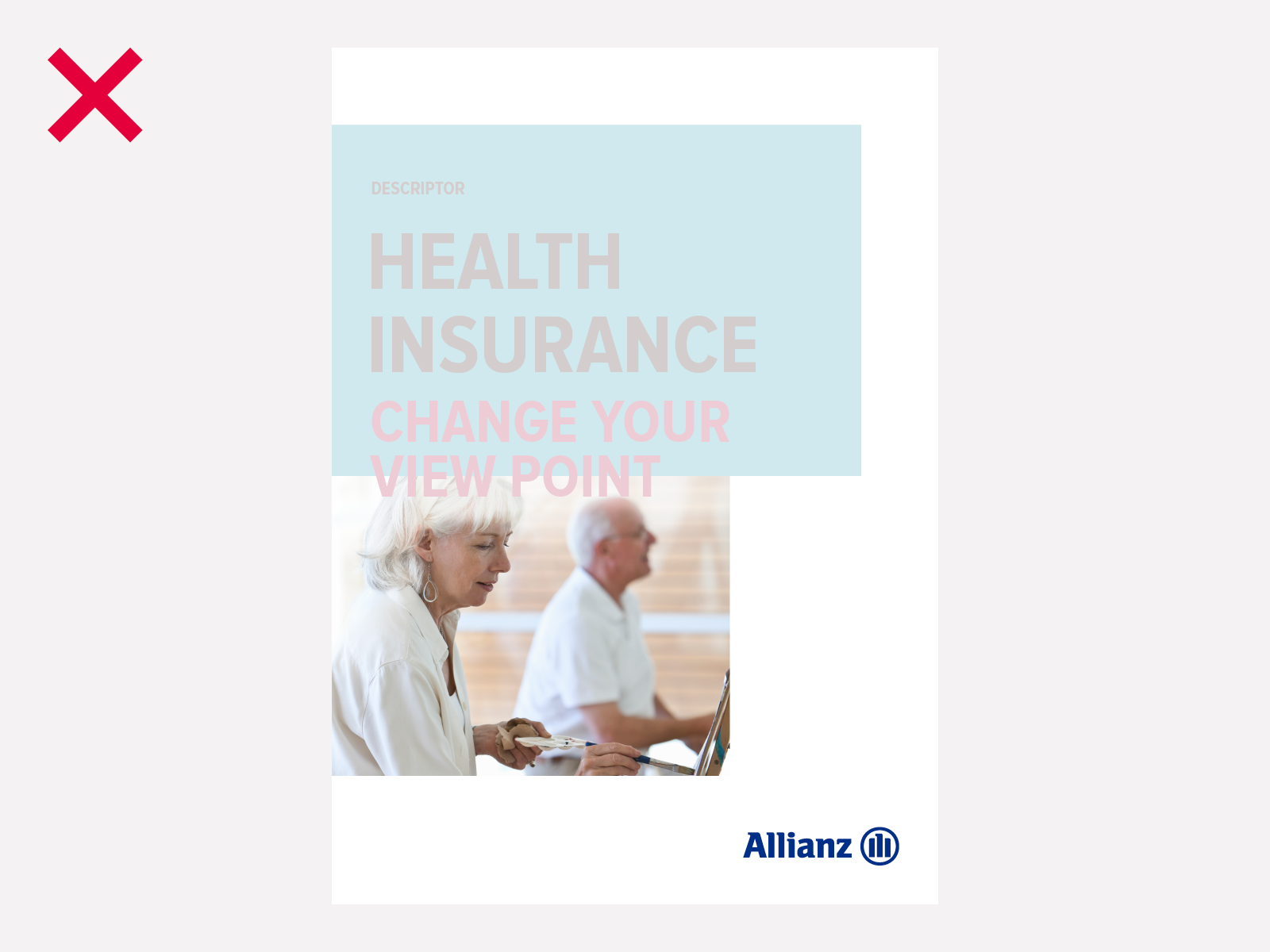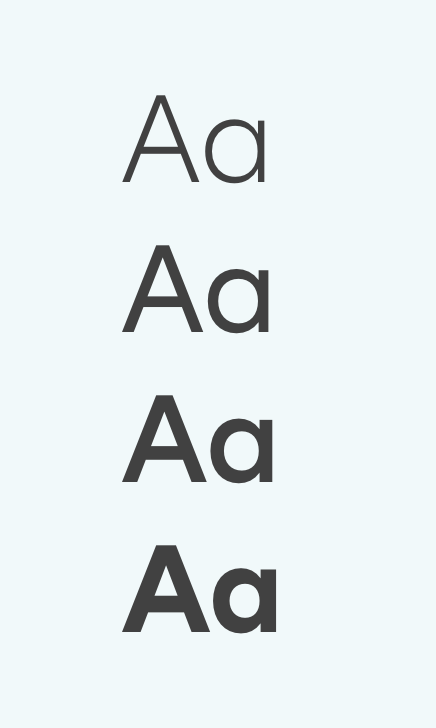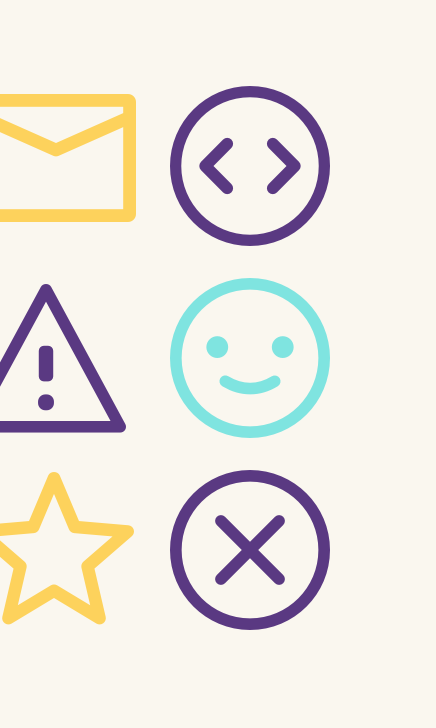Colors
We use colors inspired by the places our customers live.
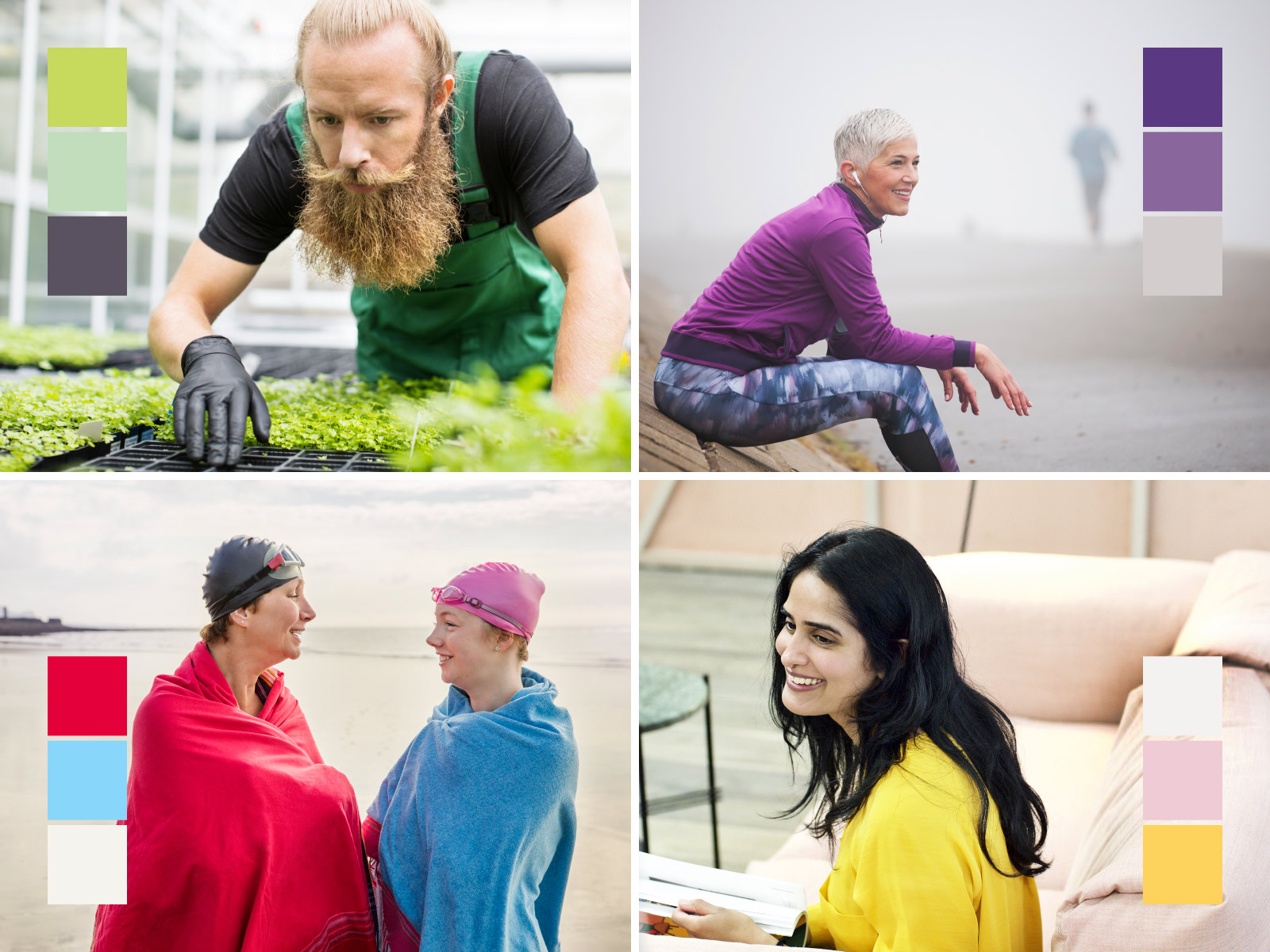
Our colors in use – take a look
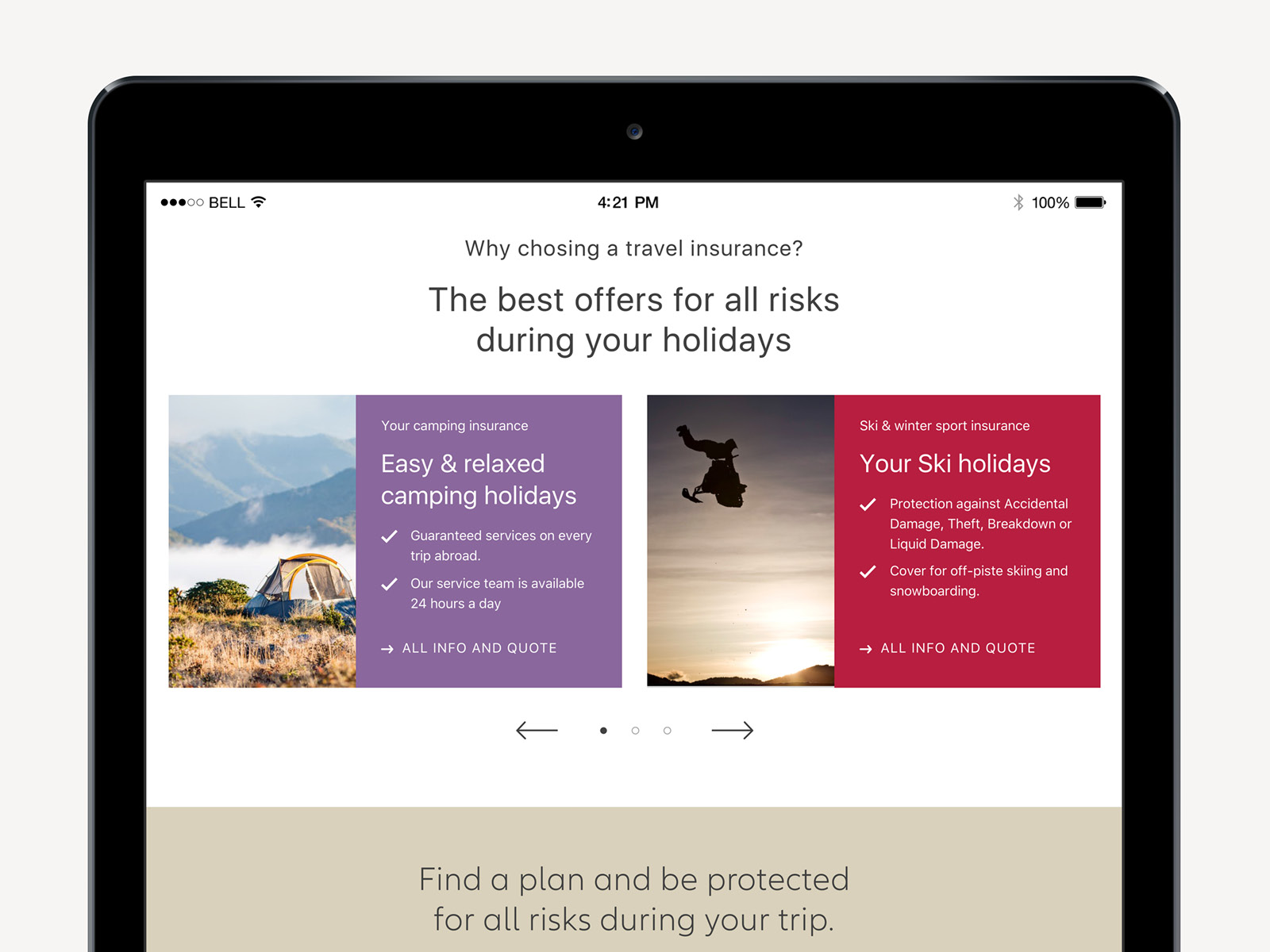
Website
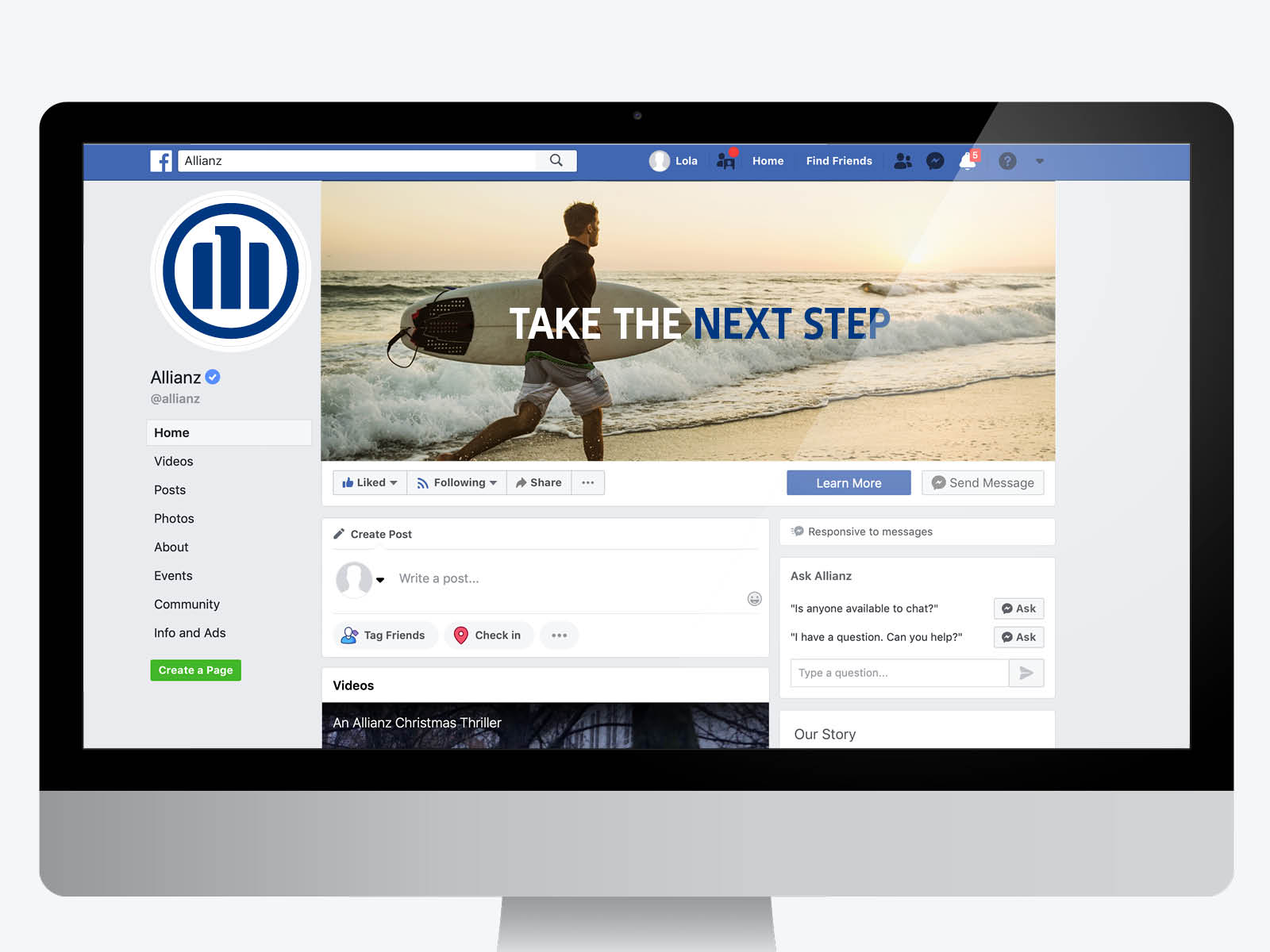
Social media
How we use colors in digital and print media
-
Colors and imagery
-
Colors without imagery
Create a harmony of colors
In digital media, use different categories of the secondary palette to guide the user's attention and keep an overall color balance. In general, choose colors from the soft/calm palette for backgrounds, and colors from the vibrant or rich/luxurious palette to highlight key headlines or important page sections.
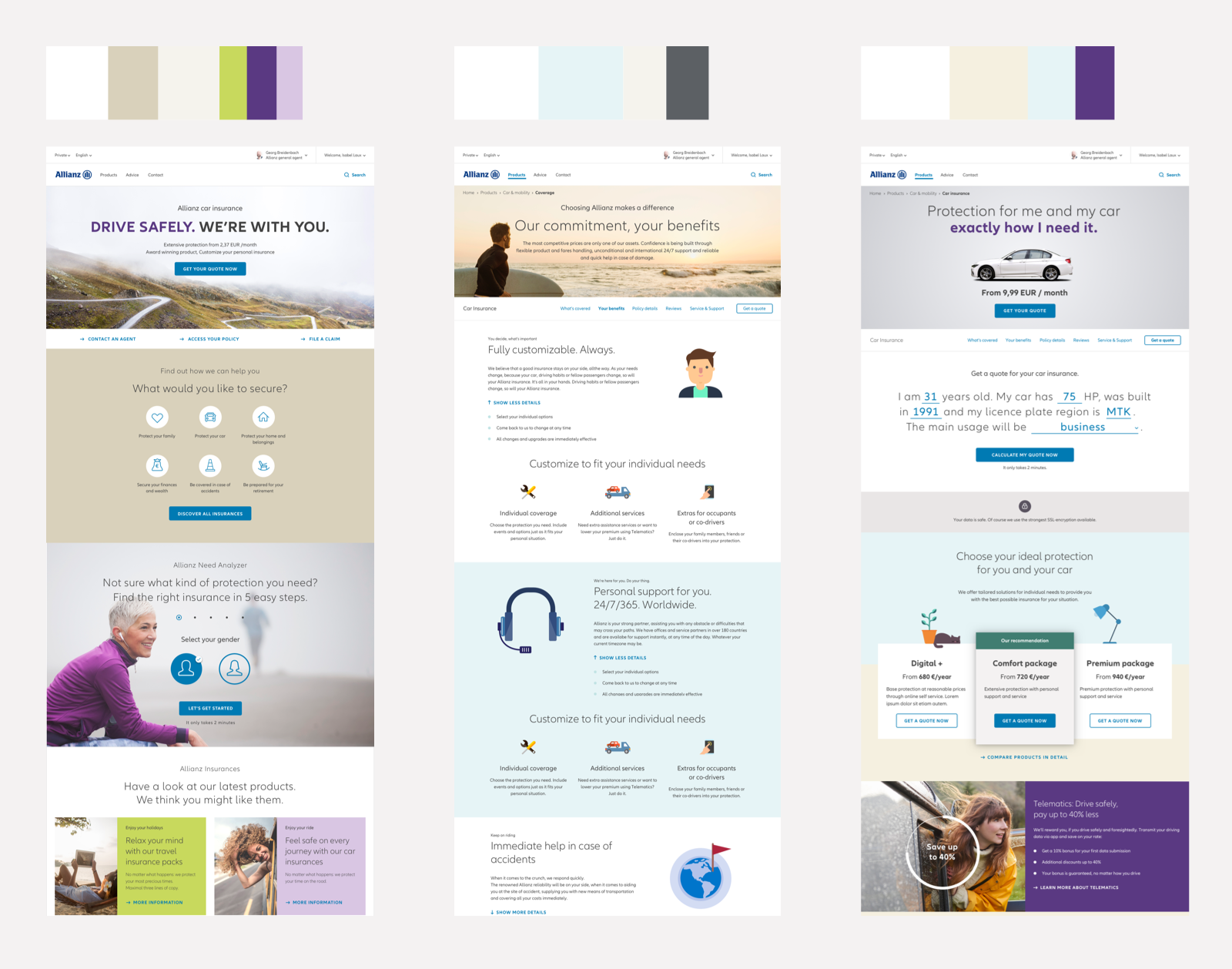
Color combination
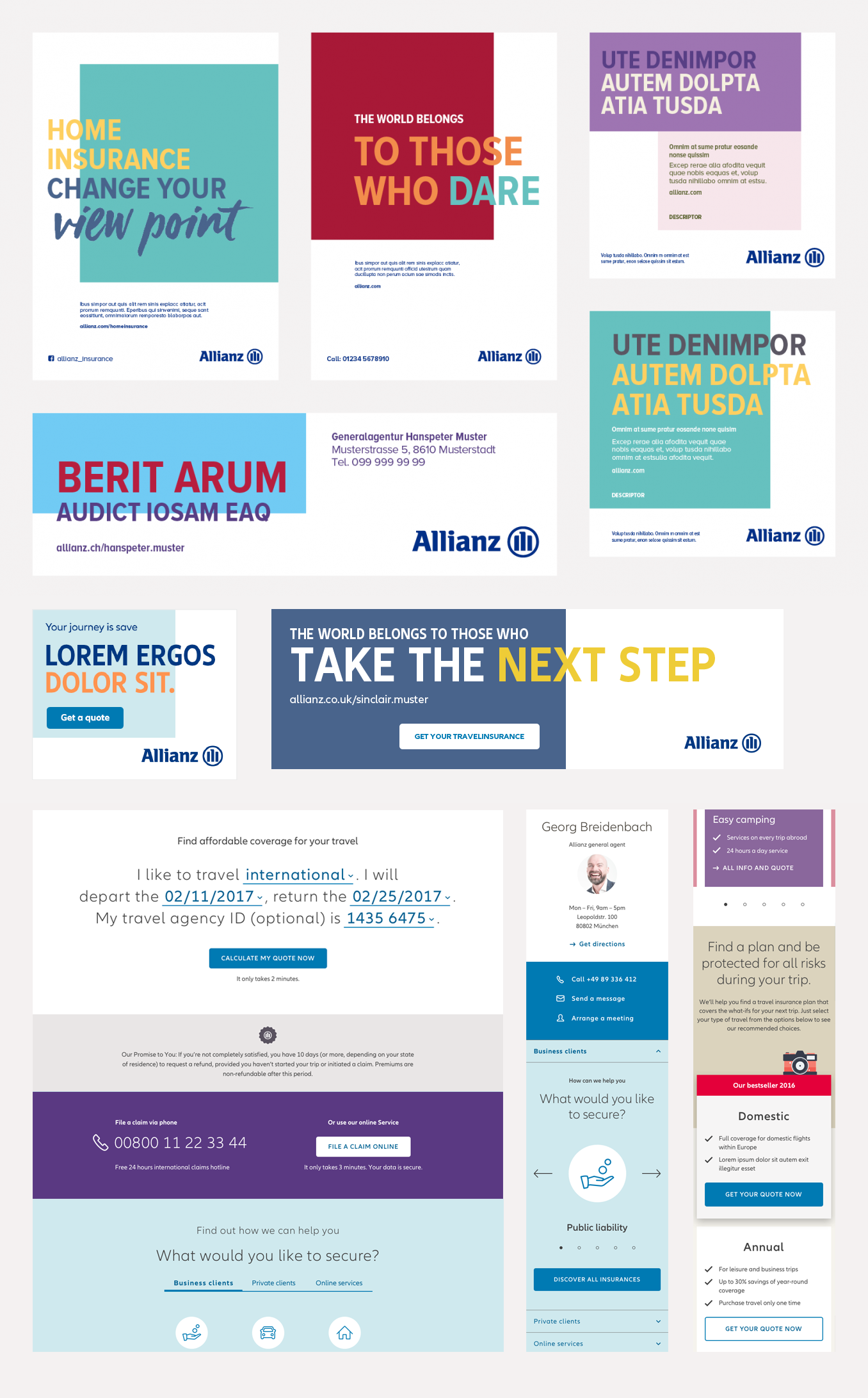
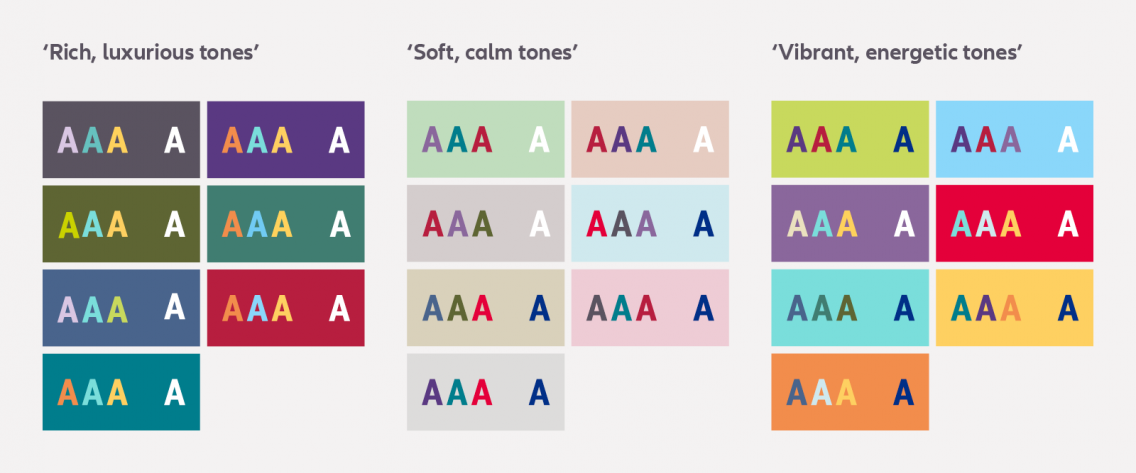
Our defined color palettes
-
Primary colors
-
Secondary colors: Rich, luxurous
-
Secondary colors: Vibrant, energetic
-
Secondary colors: Soft, calm
-
Greyscale
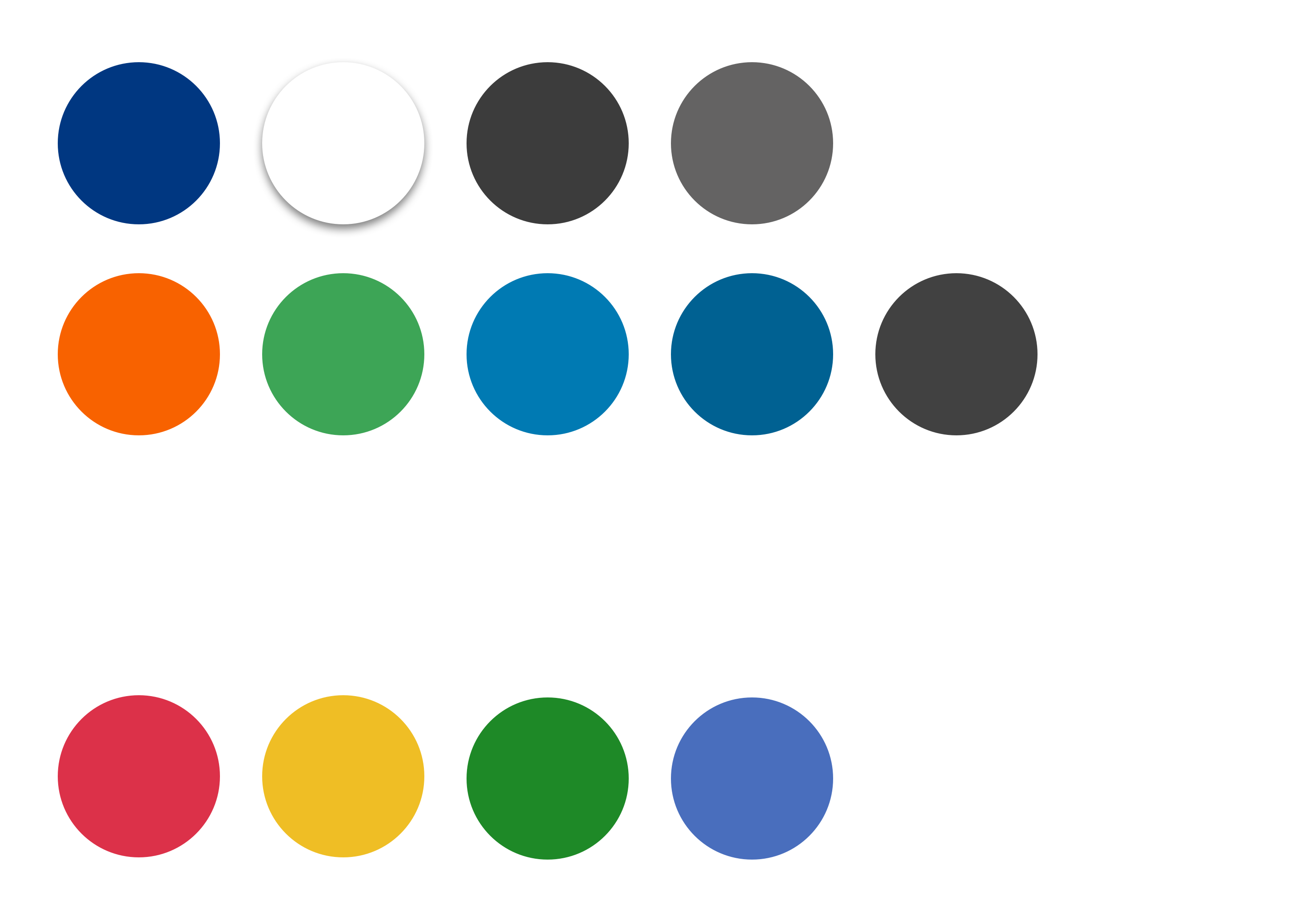
Action colors, additional colors and direct tones

We use two blue colors to guide the users' attention to interactive elements: Bright Action Color and Dark Action Color:
Bright Action Color (#007AB3) is used for solid buttons, lines of clickable elements, bold action background areas and clickable icons with text labels.
Dark Action Color (#006192) is used for other elements like linked text and clickable elements such as icons that convey vital information not shown with text, for example, the X icon used to close flyouts & modals.
To ensure fully accessible design, sufficient color-contrast ratio is needed when placing text elements on colored backgrounds. Depending on the brightness or darkness of the background color, either gray (#414141) or white (#FFFFFF) needs to be used as foreground (text) color.
Exception: Direct buttons (Green #3DA556 or Orange #F86200 backgrounds with white text) are an official exception due to branding reasons.
Allianz Blue
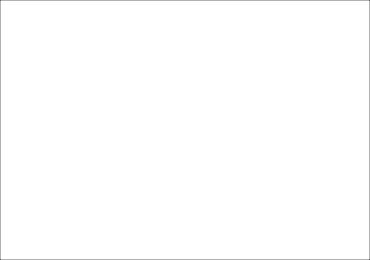
White
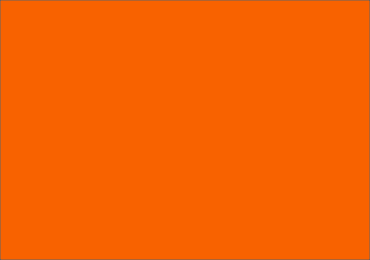
Direct Orange
Direct Green
Bright Action

Dark Action
Text Colour (Grey 500)
HEX #414141

Error
HEX #DC3149
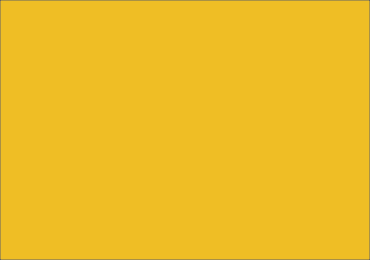
Warning

Success
HEX #1E8927

General info

Rich, luxurious tones

Color selections should be complimentary yet still have an element of contrast. Therefor modules with darker tones from the secondary color palette are used rarely: 1 to max. 2 elements per page type should be used.
Rich, luxurious tones create as background colors a harmonious contrast e.g. within 50/50 teaser, teaser within a carousel, small service modules or as promotional element.
Each rich, luxuriour tone has one tint to allow for greater flexibility.
Rich Petrol Light
Rich Petrol
Rich Red Light
Rich Red
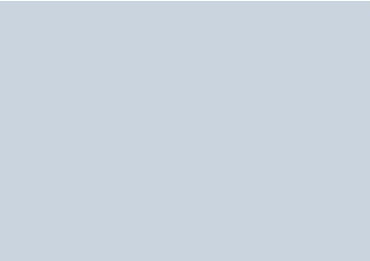
Rich Blue Light

Rich Blue

Rich Green Light
Rich Green
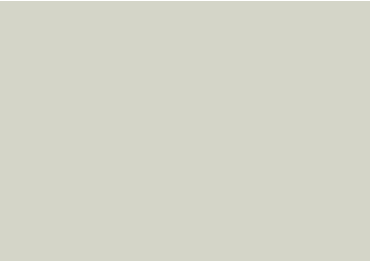
Rich Olive Light

Rich Olive
Rich Purple Light

Rich Purple

Rich Grey Light

Rich Grey
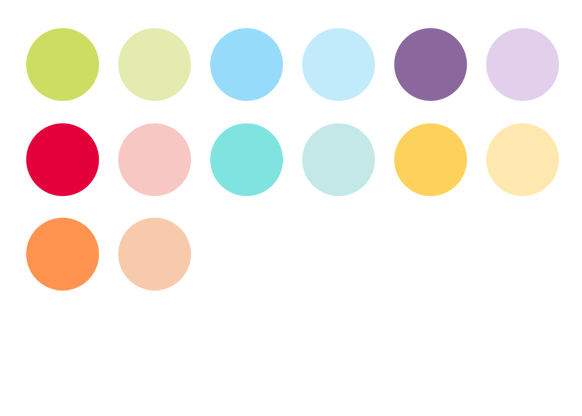
Vibrant, energetic tones

Accent colors can be used for illustrations, single freestanding elements (e.g. star rating), infographics, promotional callout elements and coloured text on the stage.
Tip: Use light tones from the vibrant tone palette more for teasers. Be careful with the usage as a full background colour.
Each vibrant, energetic tone has one tint to allow for greater flexibility.
Vibrant Orange Light
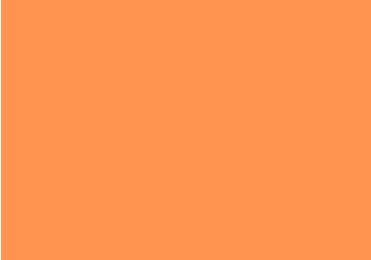
Vibrant Orange
Vibrant Yellow Light
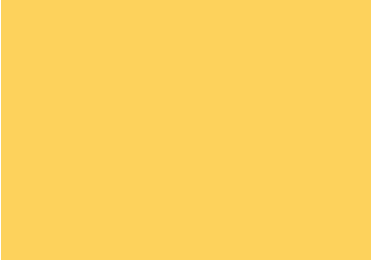
Vibrant Yellow
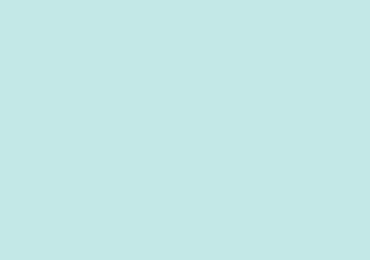
Vibrant Turquoise Light
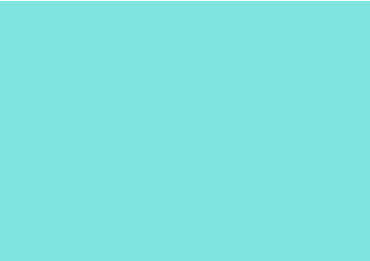
Vibrant Turquoise
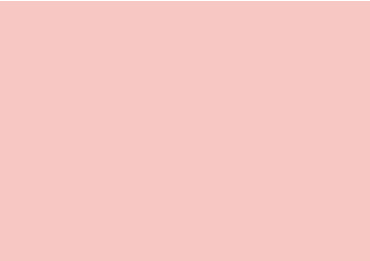
Vibrant Red Light

Vibrant Red
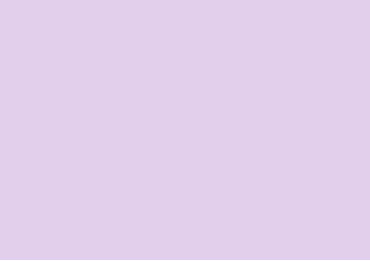
Vibrant Purple Light
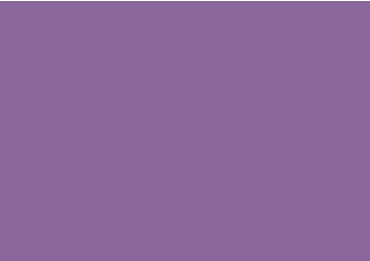
Vibrant Purple
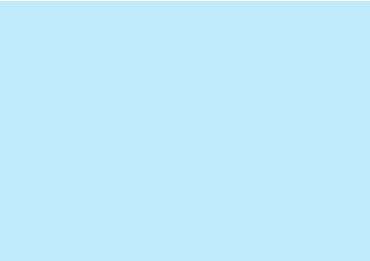
Vibrant Blue Light

Vibrant Blue

Vibrant Green Light

Vibrant Green
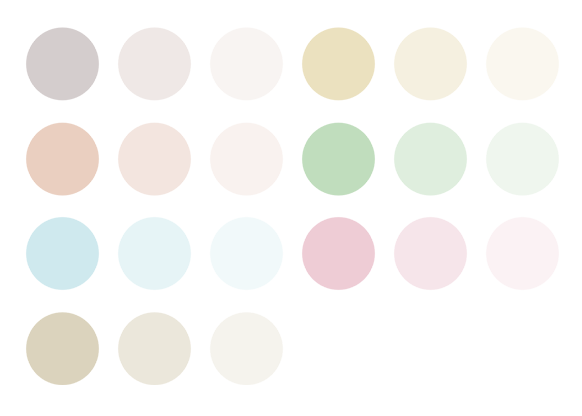
Soft, calm tones

Light colors from the secondary color palette and white are used for most modules to keep an overall friendly and lightweight look.
Gradients within the soft/calm tones palette can be used for several backgrounds close to each other, e.g. teaser backgrounds.
Each soft, calm tone has two tint to allow for greater flexibility.

Soft Mud Lightest

Soft Mud Light
Soft Mud
Soft Rose Lightest
Soft Rose Light

Soft Rose
Soft Blue Lightest

Soft Blue Light

Soft Blue
Soft Beige Lightest
Soft Beige Light
Soft Beige
Soft Grey Lightest
Soft Grey Light
Soft Grey

Soft Nude Lightest
Soft Nude Light
Soft Nude

Soft Green Lightest

Soft Green Light
Soft Green
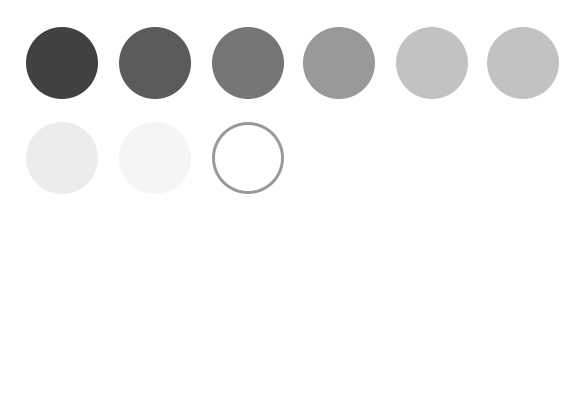
Greyscale & White

The different grey shades are used for most modules to keep an overall look.
Gradients within greyscales palette can be used for several backgrounds close to each other, e.g. teaser backgrounds.
Grey 500

Grey 450
Grey 350
Grey 300

Grey 200

Grey 100
Grey 050

Grey 025

White
Color Don'ts
